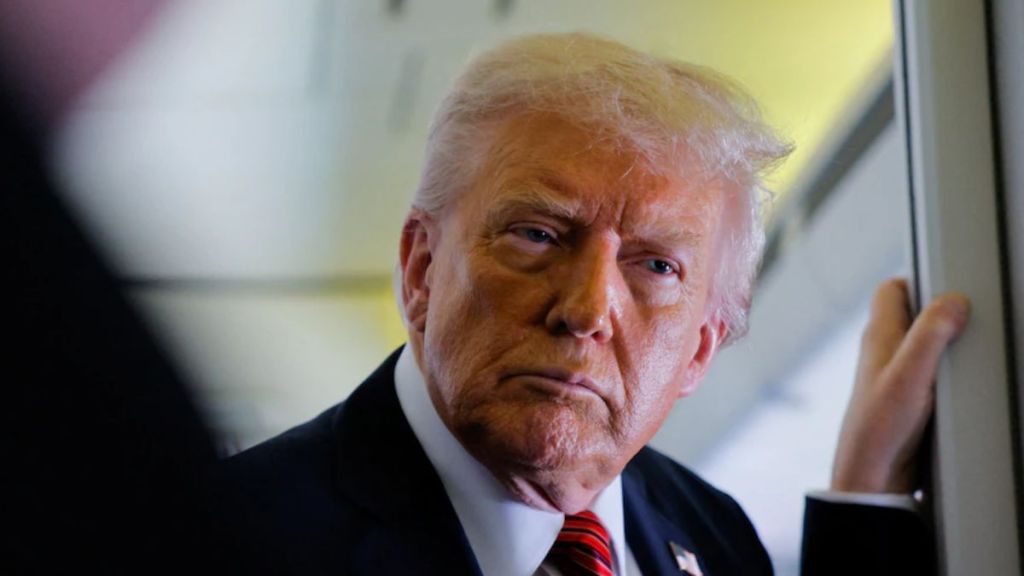Amid signs of fresh US-China trade tensions, and following the Trump Administration’s latest batch of tariff notices to 14 countries, India appeared to be the next, if not only, major economy to sign a trade deal with the US to avoid the brunt of “reciprocal levy” anytime soon.
“Now we have made a deal with the United Kingdom. We have made a deal with China. We are close to making a deal with India,” president Donald Trump said at White House after unveiling the new levies on 14 countries, including Japan and South Korea.
An interim deal between the two countries could be announced even before the original Wednesday (July 9) deadline or in a few days, in any case sticking to the new time-line of August 1, sources here said late Tuesday.
However, the deal would be one that safeguards India’s defensive interests in agriculture. It may also turn out to be one with reduced scope for the time being, despite the US interest in a “grand deal” with the fastest-growing major economy, in tune with the shared ambition of the two countries to grow bilateral trade to $500 billion by 2030.
Trump’s remarks discounted the possibility of India being slapped with new import duties unilaterally. Currently, India faces a baseline (additional) tariff of 10% besides the MFN levies exited earlier. A 26% reciprocal tariff has been put in abeyance.
On its part, the European Union has said recently it is “ready for a deal” with Washington; the customs and monetary union’s chief is slated to meet his US counterparts Thursday.
“(As for) others we met with, we do not think we are going to be able to make deals. So we (will) just send them a letter),” Trump added, in a clear sign that Washington’s strategy isn’t yielding the desired outcome.
The US has been insisting that India must reduce tariffs on agricultural items like dairy products, poultry, corn, almonds, apples, maize and soyabean. There was even pressure on India to allow imports of genetically modified soyabean meal used in animal feed. On its part, India has been asking for withdrawal of the separate sectoral tariffs levied on steel, aluminium, auto parts , and wanted the US to refrain from raising tariffs on pharmaceutical formulations. Though the US tariffs on goods are already low, India sees scope for further tariff reliefs under the BTA for its labour-intensive exports.
Since the February announcement of the plan to have a BTA, India and the US have held extensive negotiations. Even at the ministerial level the engagements have been regular.
The latest round of talks in Washignton went on for a week, in which, according to sources, Indian officials have spelt out the limits of the offers they could make.
China on Tuesday warned the Trump administration on against reigniting trade tension by restoring tariffs on its goods next month, and threatened to retaliate against nations that strike deals with the US to keep China out of supply chains. China and the US had earlier agreed to a trade framework in June bit it was hardly comprehensive, and lacked details. The US’s recent pact with Vietnam is also seen by Beijing as restrictive of its interests.


